Feeding 10 Billion People: More Food on Less Land
11 minute read
Updated on: 14 Dec 2020
With our population predicted to hit 9.7 billion by 2050, we will take up even more land, and need even more food. However, as we saw in the previous chapter, clearing land for agriculture has significant environmental impacts
. To sustainably feed our growing population
, we will need to produce more food per unit of land
. This means increasing crop yields.
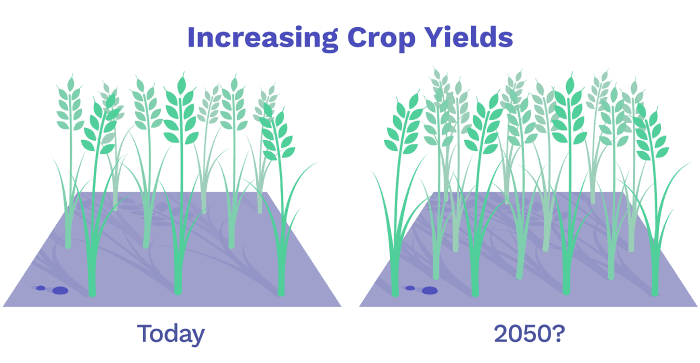
Increasing Crop Yields
Crop yields describe the amount of crop harvested from a specific area of land during each crop cycle . Today, crop yields are usually between 20-80% of what they could be
. This yield gap is particularly significant in developing countries
, which makes them an important place to focus our efforts in improving global crop yields
.
In this chapter we will look at the factors keeping crop yields low - such as weather, plant health, and soil quality - and then see what we can do to solve these problems.
Problem 1: Weather and Climate
Plants need light and CO₂
to make food (in a process called photosynthesis
). But the biggest restrictions to crop yields result from temperature and water availability
.
Without water, plants struggle to make food and obtain nutrients. Plants also use water to keep themselves cool, so need more of it at higher temperatures
.
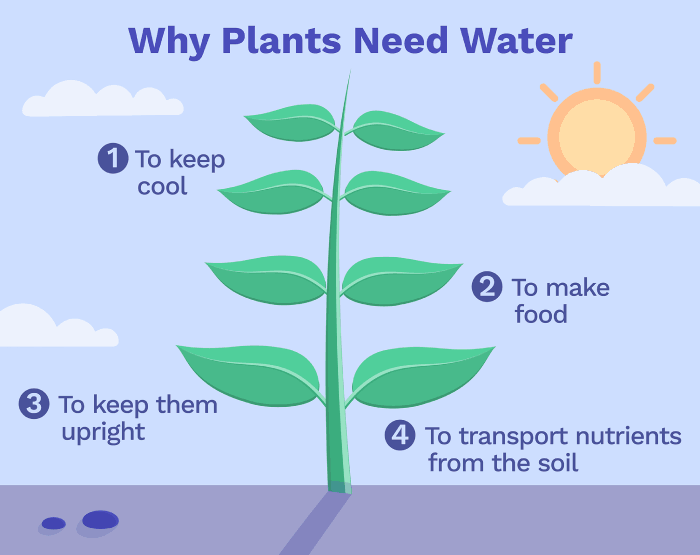
Why Plants Need Water
Climate change is expected to increase temperatures and reduce water availability in many regions, resulting in devastating losses to crop yields.
Problem 2: Pests, Weeds, and Disease
Globally, 20-40% of crops are lost to pests, weeds, and diseases.
Both climate change and intensive cropping systems used by many farmers are likely to increase these losses
.
However, such monocultures are also more vulnerable to pests and diseases: if pests evolve resistance to a single plant’s defences, the whole field can be wiped out!
The most serious biological threats to crop yields are weeds. Without crop protection, weeds alone would cause 32% of yields to be lost
.
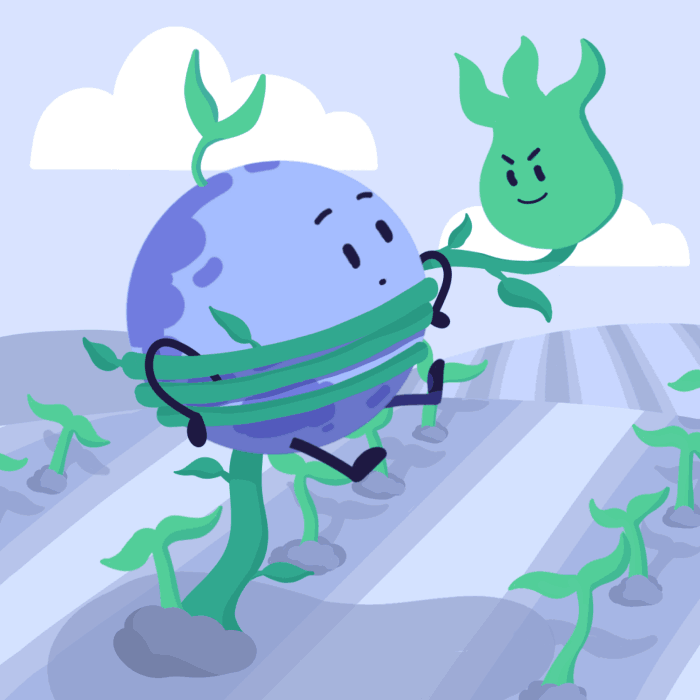
Weeds are the biggest biological threat to crops
Weed controls, such as herbicides and tillage, prevent over two thirds of these losses. However, excessive herbicide use encourages weeds to develop resistance
, and the physical removal of weeds through tillage contributes to soil degradation
.
Problem 3: Soil Degradation
Nitrogen, phosphorus, and potassium are three of the most important nutrients for supporting plant growth. A shortage of any of these elements will considerably limit crop yields
.
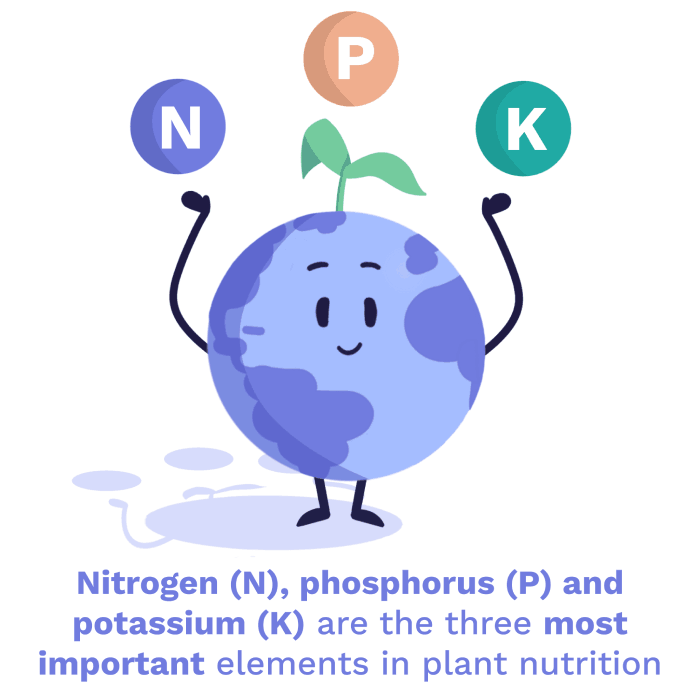
Important elements for plant nutrition
So far, we’ve discussed three problems - soil quality, pests, and climate - that significantly reduce crop yields. Now, what can we do to solve them?
Solution 1: Improving Soil Quality
All the biological material, alive or dead, inside the soil is called organic matter.
Increasing organic matter in soils will be key to increasing soil quality. Why?
- Nutrients are released into the soil when soil microbes break down dead organisms
.
- Soil microbes compete with plant pests, and can also increase the ability of plants to defend themselves against diseases
.
- Increased soil organic matter increases the amount of carbon that can be stored in the soil
.
- Soil organic matter holds soil together, improving the soil’s ability to hold water, and reducing the risk of soil erosion
.
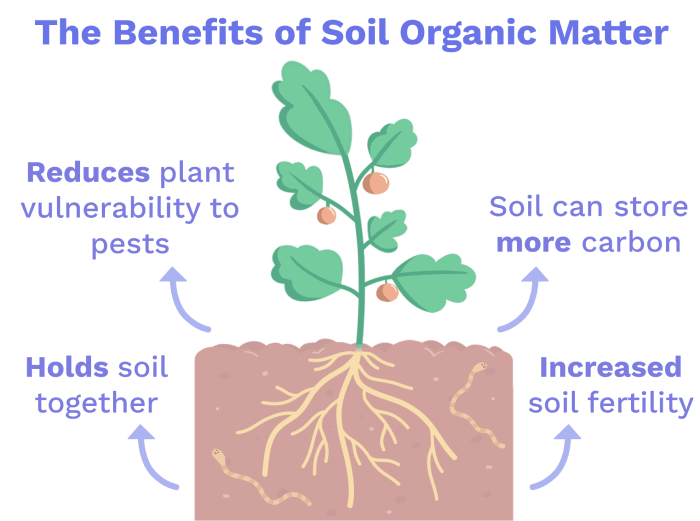
Benefits of Soil Organic Matter
When soil is left bare, it loses more water to evaporation and is at more risk of being swept away by wind and rain. Bare soils are also more vulnerable to weeds
. Fast-growing “cover crops”, such as rye and buckwheat, can be grown to compete with weeds and protect the soil
.
Alternatively, an organic covering, such as straw, can be added to protect the soil surface. This is called mulching
.
More efficient watering will further reduce soil degradation, and allow more crops to be produced using less water.
Solution 2: Agroecology
In natural systems, nutrients are cycled between plants and soil as plants grow and die.
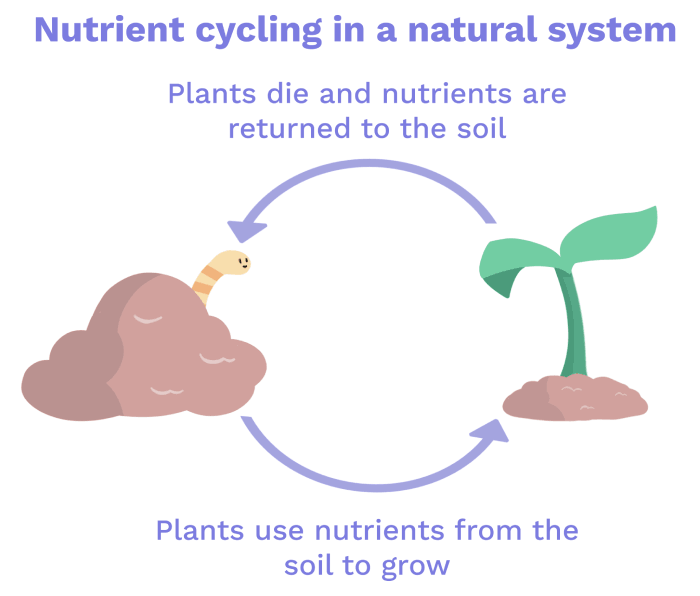
Natural nutrient cycling
When we farm land, these cycles break down, because plants are harvested before they can return their nutrients to the soil.
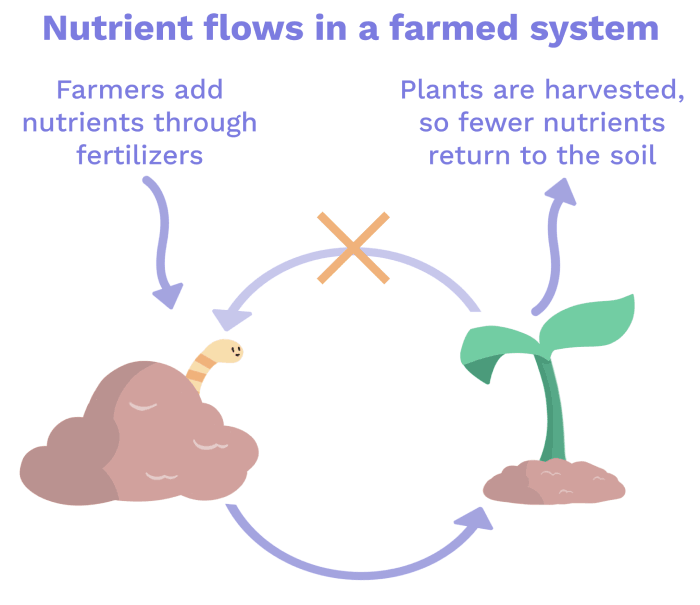
Nutrient flow in an agricultural system
Agroecology is a farming strategy that tries to mimic these natural cycles. By using the relationships between plants, animals, and their environment, agroecological systems minimize their requirements for external inputs, increasing their productivity and sustainability while reducing pollution and waste
.
Different crops need different levels of nutrients. Therefore, growing different crops on the same soil, together or in rotation, efficiently uses available nutrients without depleting them
.
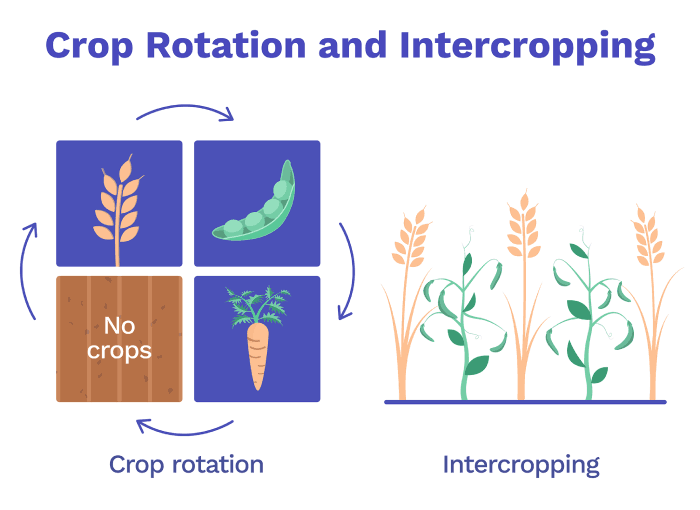
Crop rotations and Intercropping
Intercropping also increases the diversity of agricultural systems.
More diverse systems are better at coping with both natural and economic shocks
.
Let’s look at an example of such a system. In agroforestry, crops (and sometimes livestock) are grown together with trees on the same land.
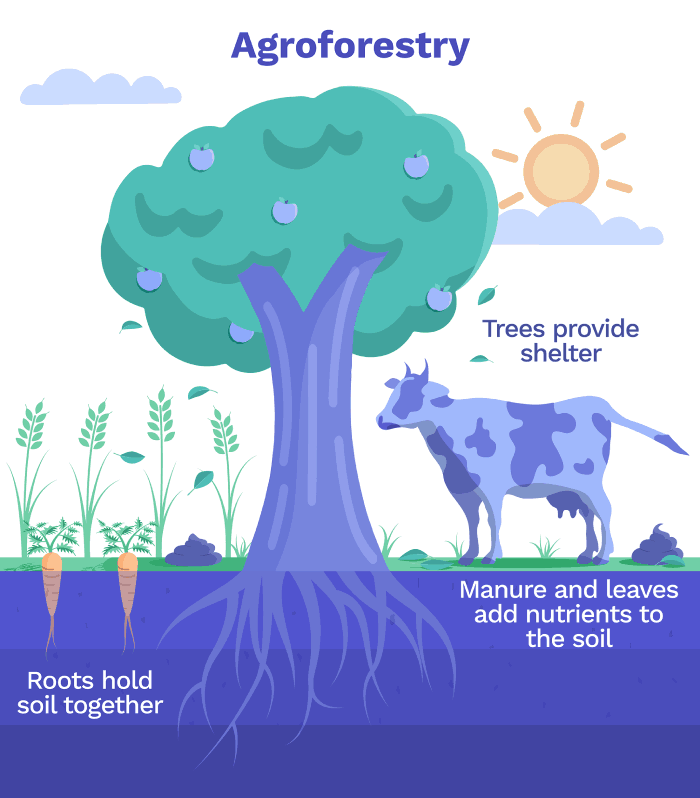
Agroforestry
The trees themselves store a significant amount of carbon in their wood and roots. What’s more, by increasing soil quality they also increase its ability to absorb CO₂ from the atmosphere
!
When different crops are grown on the same land, pests and diseases are less likely to damage crops.
Some plants can protect crops from pests by chemical signalling. This can really work wonders. In eastern and southern Africa, stemborer caterpillars cause maize yield reductions of up to 80%
!
The adult moths of stemborers lay their eggs on maize crops. However, they prefer laying their eggs on Napier grass, so are ‘pulled’ away from the crop if Napier is grown along the field’s border.
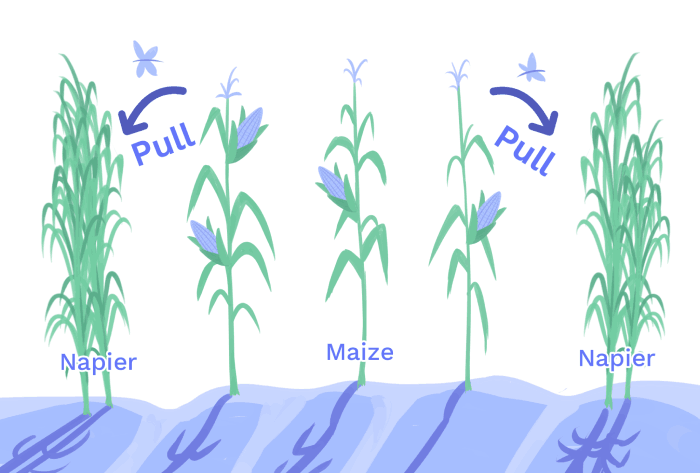
Pull
By contrast, a plant called Silverleaf desmodium produces chemicals that push the moths away. It also protects crops from parasitic weeds.
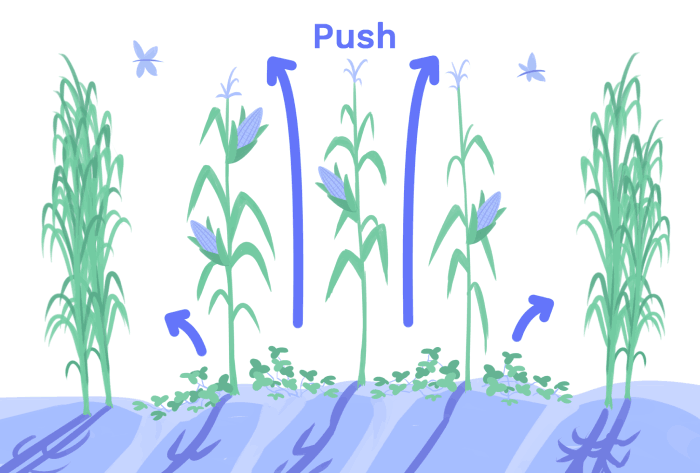
Push
When used together, these plants create a strong “push-pull” defence against both insects and weeds:
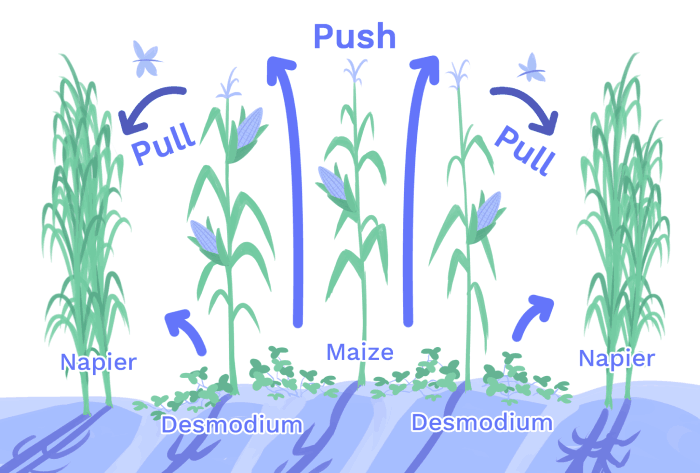
Push-pull technology
As well as protecting crops, Desmodium is one of a group of plants that are able to add nitrogen to the soil. These plants (which also include peas and beans
) have a special arrangement with a certain group of bacteria that live inside their roots
. These bacteria capture nitrogen from the atmosphere and give it to the plant in exchange for food
.
Some of this nitrogen ends up in the surrounding soil. Therefore, growing these crops in rotation or in combination with others restores soil nitrogen and decreases the need for fertiliser
.
Solution 3: Precision agriculture
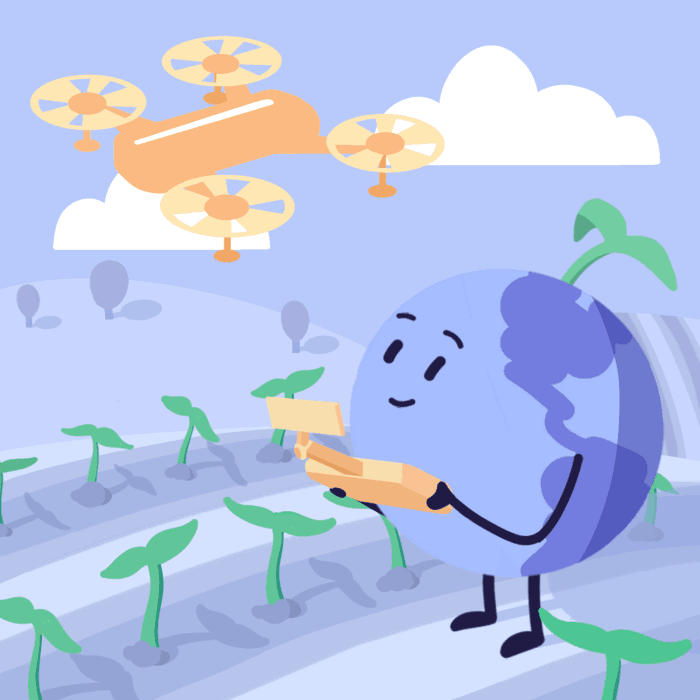
Precision farming
Soil quality can vary considerably within a single field, both spatially and in different seasons. Precision agriculture involves using technologies to measure this variability and adjust to it. By using site-specific sensing and sampling, application of water, fertilizers, and pesticides can be optimised to maximise crop yields, while minimizing waste
.
Precision agriculture reduces both the economic and environmental costs of farming. How?
- It avoids unnecessary nitrous oxide emissions and nutrient pollution caused by inefficient fertiliser application (see previous chapter)
.
- Less energy is required if water is only pumped to thirsty plants
.
- It reduces the build-up of excess pesticides, minimizing the risk of pests evolving resistance, and limiting leakage of these poisons into local ecosystems
.
Plant health and nutrient status can be monitored by sensors and scanners mounted on tractors, while drones can be flown above the field to scan for weeds and other pests.
Artificial intelligence and GPS can be used to optimise tractor routes, which minimizes soil compaction and keeps fuel use as low as possible.
In fact, tractor use could be avoided altogether! Autonomous robots have been developed that apply fertilisers and pesticides directly where they are needed. Using these robots reduces labour costs, soil compaction, and CO₂ emissions
.
Robots can also be used for non-chemical weeding. For example, weeds can be zapped with electricity, avoiding the need for chemical herbicides.
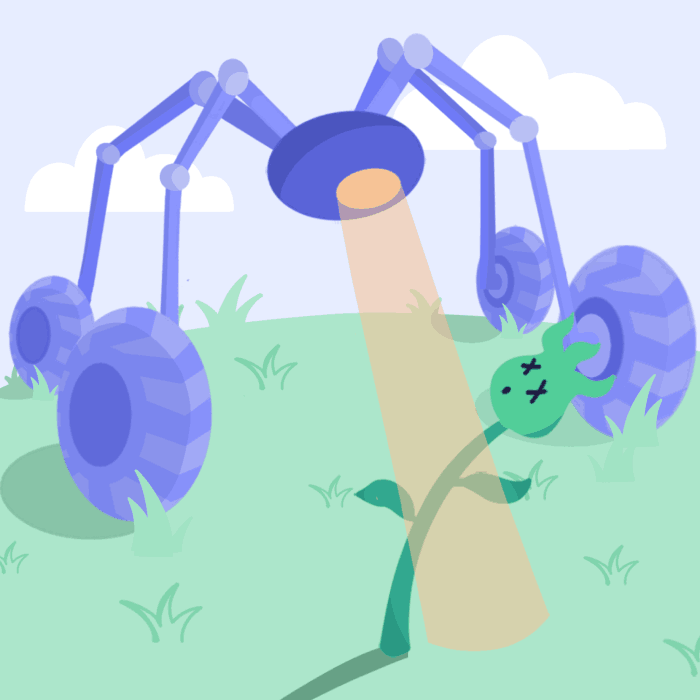
Robots for non-chemical weeding
Robots aren’t cheap, and cost has prevented many farmers from adopting these practices, particularly in developing countries. Transfer of both new and old technologies to these regions will be essential if we are to produce enough food
. This will require significant investments as well as the sharing of knowledge and resources between different countries
.
Conclusions
Clearly, changes need to be made to traditional farming methods. Both natural and technological solutions will be needed to increase crop yields while reducing waste and resource use. But what if we could improve the crops themselves?
Next Chapter